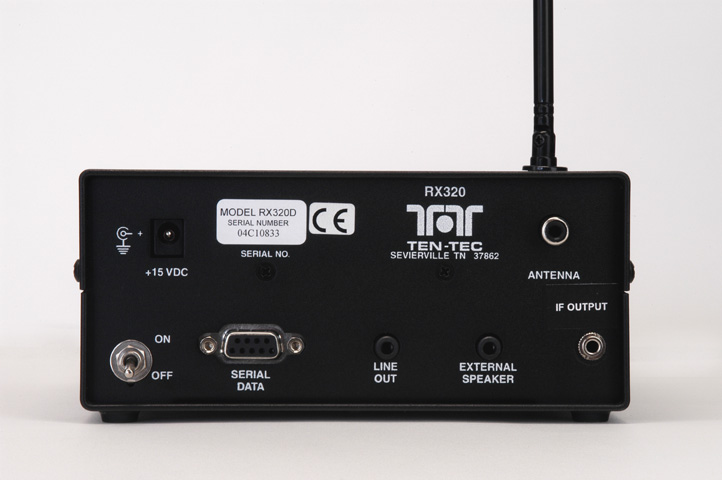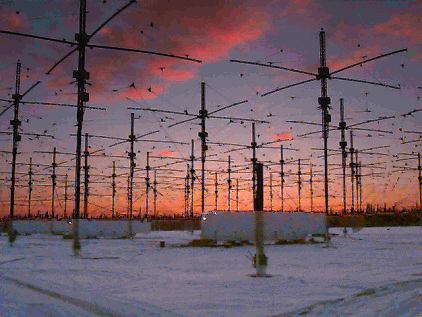Installing Xastir in Mint
Ben, VK5JFK, left a comment on my review of Linux Mint at the Linux in the Ham Shack web site, asking if I had installed Xastir under Mint. I had not, but since Richard talked about Xastir in Episode 23, and Linux Mint is the "official" distribution for Linux in the Ham Shack, I thought a brief how-to article might be useful to our listeners.
In fact, installing Xastir in Linux Mint is fairly easy. Here's a step by step procedure:
- Launch the Synaptic Package Manager
- Select the Amateur Radio (Universe) repository
- Click on Xastir in the list - version 1.9.4-3 was available as I did this
- Click on Apply - a bunch of dependencies were selected, and after approving that list, off it went.
A few minutes later (over a DSL connection) the installation was complete.
The first (and only) problem I encountered was that the installer did not create an entry in the Mint menu. To remedy this, I clicked Menu, Preferences, Main Menu. This utility allowed me to add a new menu category I called Amateur Radio, and a new item in that category that I creatively called Xastir. The associated command is "/usr/bin/xastir". After logging out and in, the new menu item appeared.
Before running Xastir for the first time, I opened a terminal and entered the command:
$ callpass ka9wka
and the computer responded:
Passcode for ka9wka is 19125
$
Of course, you will use your callsign and you'll receive a different passcode. You'll need that number when configuring the interface. No, the callsign is not case-sensitive.
After running Xastir, you must perform some configuration, as Richard discussed. For this test, it was simply a matter of defining my location and adding the Internet interface. When you launch Xastir the first time, it will automatically open the "Configure Station" dialog, but you can return to that by clicking File, Configure, Station. Here I entered my callsign and location. I left the rest of the options at the defaults.
Next, I clicked the Interface menu option, then Interface Control. This brings up an empty list of configured interfaces. I clicked Add, chose "Internet Server", and clicked the Add button. The "Configure Internet" dialog box appeared. I entered 19125 into the Passcode field (see above), and "r/42/-87/500" (without the quotes) into the Filter Parameters field. This filter says, I believe, show all stations within a radius of 500km of 42 degrees N and 87 degrees W. Modify to suit your location and preference, and click OK. Finally, still in the Interface Control dialog box, I clicked Start All. The status changed from DOWN to UP, and I closed the dialog box. In a few moments, stations began to appear on the map.
There are a lot more options in Xastir that I haven't explored here. For example, if you're planning on installing this on a laptop with a TNC and GPS device attached, you'll need to add interfaces for those as well, and you'll probably want to add a more detailed map for your area. For now, this should get Xastir running under Linux Mint with a minimum of time and bother.
73,
-Bill, KA9WKA
 It's the holiday season, and our gift to our listeners is a brand new podcast. During my time at Ohio Linux Fest back in September, several of the participants who visited the Linux in the HAM Shack booth provided topic ideas for the program. I recently dug those topics up and Richard and I will be tackling them over the next few episodes. In Episode #026, the topic we decide to visit is shortwave listening, including hardware and Open Source software for that very purpose. SWL is a way for non-hams to approach the hobby without encountering mic fright, and a way for existing hams and non-hams alike to explore the world of radio frequency communication, whether it be foreign broadcasts, pirate radio, amateur radio or time beacons. With several manufacturers of equipment still in business, SWL is by no means a lost art, and may be an interesting extension to the amateur radio hobby for those who don't currently participate in it.
It's the holiday season, and our gift to our listeners is a brand new podcast. During my time at Ohio Linux Fest back in September, several of the participants who visited the Linux in the HAM Shack booth provided topic ideas for the program. I recently dug those topics up and Richard and I will be tackling them over the next few episodes. In Episode #026, the topic we decide to visit is shortwave listening, including hardware and Open Source software for that very purpose. SWL is a way for non-hams to approach the hobby without encountering mic fright, and a way for existing hams and non-hams alike to explore the world of radio frequency communication, whether it be foreign broadcasts, pirate radio, amateur radio or time beacons. With several manufacturers of equipment still in business, SWL is by no means a lost art, and may be an interesting extension to the amateur radio hobby for those who don't currently participate in it. We have topped 40,000 downloads! Thanks go out to all of our listeners and live webcast attendees for making Linux in the HAM Shack as popular as it is. Give yourselves a huge round of applause. We're also well on our way to our donation goal of $750 so we can buy booth space and Internet access at the Dayton Hamvention in Dayton, Ohio, in May of 2010. Thank you for all of your donations. Please keep them coming as you're able to send them in!
We have topped 40,000 downloads! Thanks go out to all of our listeners and live webcast attendees for making Linux in the HAM Shack as popular as it is. Give yourselves a huge round of applause. We're also well on our way to our donation goal of $750 so we can buy booth space and Internet access at the Dayton Hamvention in Dayton, Ohio, in May of 2010. Thank you for all of your donations. Please keep them coming as you're able to send them in! Back from Baltimore and ready for more ham radio, Linux and Linux in the HAM Shack. I had originally planned to get this episode out before I left for the Large Installation System Administration conference in Maryland, but it didn't work out that way. I even brought all the audio with me to assemble the podcast during my off time at the conference. It turned out there wasn't any off time, so I wound up having to finish up when I got home. That being said, I have to admit this is my favorite episode so far. It seems like Richard and I are finally getting the hang of this podcast thing. We truly appreciate all our listeners. It makes the time, effort and money of putting out this program worth it.
Back from Baltimore and ready for more ham radio, Linux and Linux in the HAM Shack. I had originally planned to get this episode out before I left for the Large Installation System Administration conference in Maryland, but it didn't work out that way. I even brought all the audio with me to assemble the podcast during my off time at the conference. It turned out there wasn't any off time, so I wound up having to finish up when I got home. That being said, I have to admit this is my favorite episode so far. It seems like Richard and I are finally getting the hang of this podcast thing. We truly appreciate all our listeners. It makes the time, effort and money of putting out this program worth it.